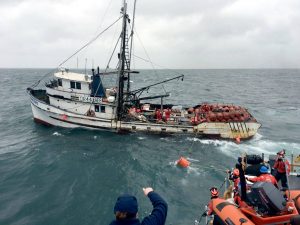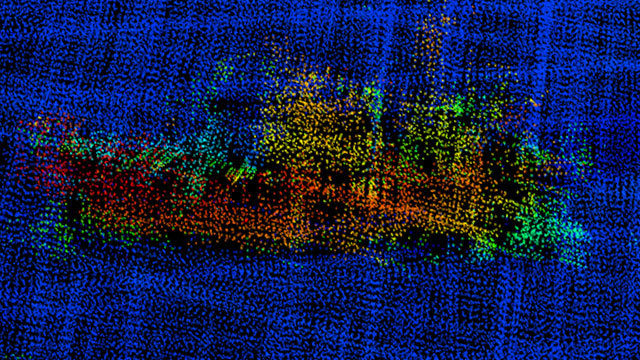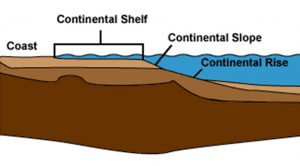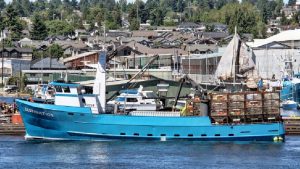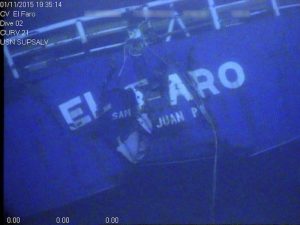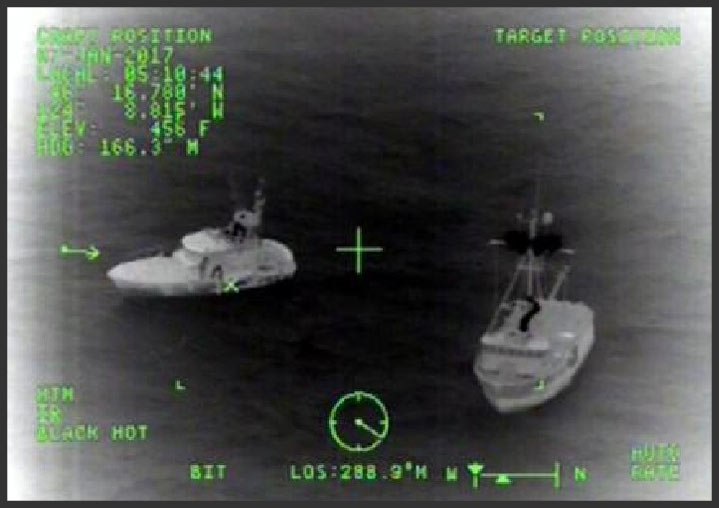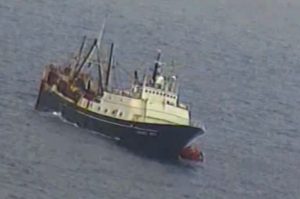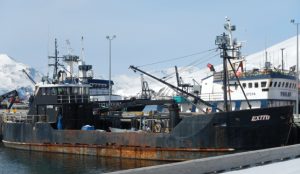Coast Guard Rescues 7 in F/V Mystic Lady Sinking
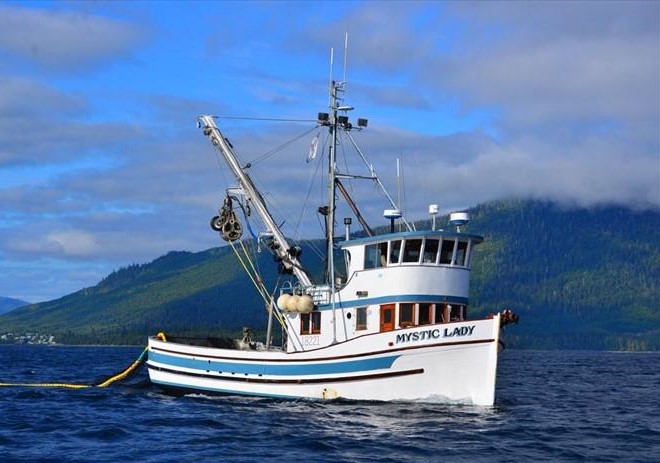 The U.S. Coast Guard rescued five adults and two children after the 58-foot F/V Mystic Lady sunk near Thorne Bay, Alaska.
The U.S. Coast Guard rescued five adults and two children after the 58-foot F/V Mystic Lady sunk near Thorne Bay, Alaska.
Shortly after 4am on Friday, June 29th, watchstanders at the Station Ketchikan received a 406-emergency position indication radio beacon alert in addition to a mayday broadcast via VHF-FM Channel 16, that the vessel had hit a rock and was quickly taking on water. A 45-foot Response Boat-Medium crew was launched and on their way to the scene by 4:34. The rescue crew traveled approximately 40 miles and reached the mariners by 5:30am. They arrived to find the F/V Mystic Lady underwater and 7 people in an inflatable life raft waving their arms.
“We were the first to arrive on scene, and I’m thankful that we were able to assist these people as quickly as we could,” said Petty Officer 2nd Class Jacob Fischer, the small boat coxswain during the case. “With the inflatable life raft that the survivors used, they increased their own chances of survival exponentially until we were able to be on scene and assist.”
 Maritime Injury Law Blog
Maritime Injury Law Blog


